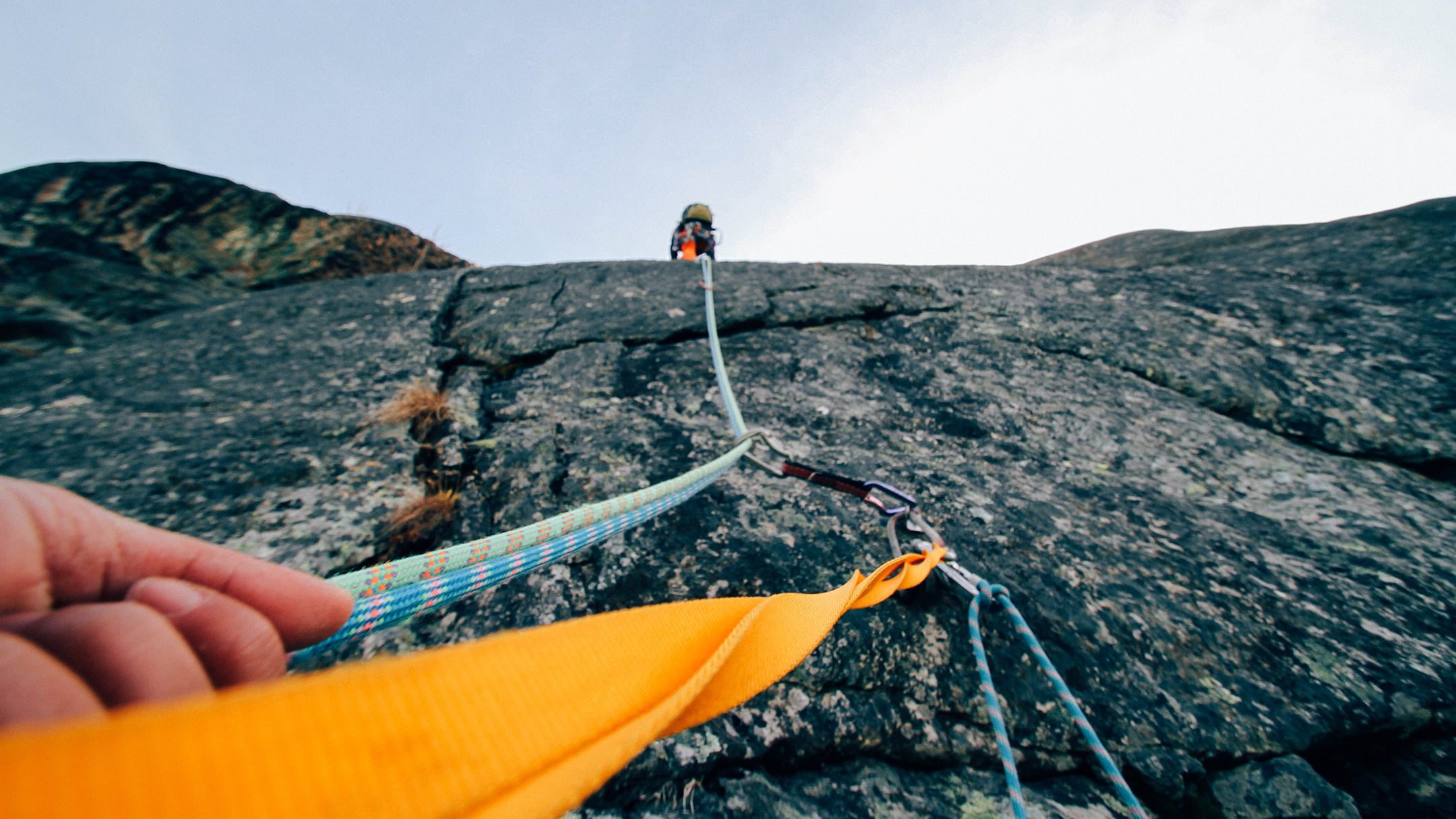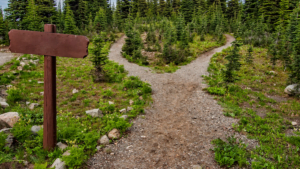Climbing outdoors for the first time can be really intimidating. After all, anything can happen in the great outdoors. We understand your concerns completely. Last time we went outdoors, a freaking great white shark came and flashed our project! The NERVE, we’ve been working on that problem for 3 seasons now…
Jokes aside, there’s a lot you should know before you venture outside. Most of it has to do with good etiquette and being properly prepared for a full day’s climbing. Don’t forget, the opportunity we have to be able to climb outside is truly a gift and shouldn’t be taken for granted. This is largely sustained by open access climbing areas, ethical behavior, and responsible preservation through the efforts of the climbing community. The main reason the Simian Republic created this guide is to help share the knowledge in hopes that it will be passed on to future climbers. Because ultimately, it’s up to all of us to play our part.
So bookmark this page for future use or share it with your friends, we’d greatly appreciate it. Saving some of these tips offline can really come in handy when you don’t have reliable phone service in nature. With that said, we’re here to help you navigate climbing outdoors for the first time so that it can be a positive experience overall. There’s a lot to unpack, so let’s go!
A Field Guide for Climbing Outdoors for the First Time
1. Safety First
First and foremost, be safe! You’ll want to know your safety procedures beforehand whether it’s rope climbing or bouldering. Most climbers venturing outside for their first time often learn how to climb in the gym first. And while the gym is a good place to practice climbing, falling properly, knots, clipping, and the like, that’ll only get you so far once you’re outdoors. That’s why we recommend going with an experienced climber your first time. They can teach you best practices and common knowledge you might not know about. But there’s a lot of safety things we could go over, a week’s worth of advice if we wanted to. But we don’t want to subject you to that, so here are a few very important tips from us instead:
- Routinely inspect your equipment for damage and wear.
- Go with someone you trust who has experience rope climbing (especially cleaning a route) or knows the bouldering area well.
- Wear a helmet (both the climber & belayer) and always do your safety checks.
- Bring enough gear for the trip (shoes, long enough rope, crashpads, quickdraws, pro, etc).
- Tie a knot at the end of your rope (non-climber side, this prevents the rope from running out).
- Consider purchasing a climbing guidebook of the area for map topos, climb locations/pictures, and additional info.
- Spot the downclimb first before you hop on.
- Spot your friends, have your friends spot you.
- Place bouldering pads properly (either under your hips, below the crux, or an area where you might swing out).
- Climb within your ability level (you can push your limits with more outdoor experience).
2. Respect Nature
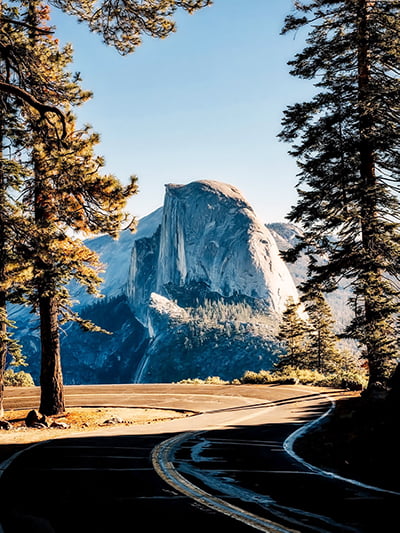
With safety covered, let’s move on to the next point: you are a guest in nature. The outdoors is not and should not be made our home where we can change it however we like. The amount of pristine natural climbing areas in the world is small, and it will get even smaller if we choose to neglect taking care of it. That’s why we should do our best to leave the outdoors how we found it. OR better yet, leave nature in an even better state than we found it. Here are a couple tips for appreciating Mother Earth:
- Stay on established trails (allows flora and fauna to thrive).
- Don’t discard “organics”. Things such as apple cores, orange or banana peels may be biodegradable but they can take years to decompose and act as non-natural attractants for wildlife.
- Keep your things organized / don’t leave things behind (pack out all your trash). Leave no trace!
- Avoid excessive brushing (wears out rock faster).
- Brush off your tick marks (keeps things pretty and allows the next group of climbers to enjoy the climb).
- Don’t climb on wet rock or rock that has seen rain recently as holds can break (especially sandstone). More on this below.
- Avoid climbing in big groups as this can erode an area faster.
- Pack your waste out if possible and avoid relieving yourself near water sources or in caves where rain can’t wash it out.
- Leave what you find, appreciate it instead. By doing this, you give everyone the opportunity to enjoy the beautiful outdoors.
3. Respect Other Climbers
Climbing is a rapidly growing activity and will continue to grow at an indefinite rate. With that said, outdoor climbing areas will continue to see more and more traffic as time goes on. Although many see this as detrimental, it can absolutely be a positive thing if we put in the effort to be considerate of each other and our environment. After all, climbing is just one big community and we’re all in it together to enjoy doing what we love most. So, think of it less as an “Us vs them” mentality and more of a “We’re one big family” attitude. All the hippie undertones intended. Anyway, here are some tips for interacting with other climbers outdoors:
- No loud music (respectable level music is okay if you ask other climbers nearby for their consent).
- Try to talk at a reasonable noise level (don’t worry, our sense of hearing is amplified outdoors).
- Ask other climbers if you can climb on the same rock or share the same space.
- Park respectfully and not on vegetation (parking lots for climbing areas can be notoriously small, so don’t take up more space than you need).
- Avoid climbing in large groups, this can really ruin somebody else’s experience. Split up the group on different climbs if necessary.
- If you bring a dog, leash them properly and pack out their waste.
- This is just like the playground, you should always take turns on a climb. Avoid hogging a climb all for yourself.
- Overall, be friendly! You’ll meet the most wonderful & interesting people outdoors with an open mind.
4. Respect the Local Crag’s Rules
The previous tips we touched on are about climbing etiquette and best practices more than anything. However, don’t forget to follow the local crag’s rules too as they can differ from place to place. For instance, one crag might allow for dispersed camping while another might not. Another crag might not allow dogs or bringing your own firewood from home. A different crag might prohibit you from climbing near historical sites or near cultural art (such as petroglyphs). Oftentimes, you’ll be able to find the rules and regulations of the crag at trailheads, visitor centers, or online. Make sure to read the crag’s rules before you set off, and here are a few to be aware of:
- Follow designated trails, do not trailblaze.
- Avoid starting fires if the rules state so or you don’t know the regulations. Obtain a campfire permit if required.
- Camp only in official campgrounds, or if on BLM, on already impacted spots.
- Don’t climb on wet sandstone as it becomes brittle and can break. Allow 24-72 hours (depending on amount of rain experienced) for sandstone to properly dry before climbing.
- Avoid stepping on biological soil crusts (these contain tons of micro-organisms that help the ecosystem).
- Obtain all necessary permits for your activities, such as for specific climbs, day permits, or camping (on big walls).

Stay on trail!
5. Check the Weather
If you’ve never heard of the terms “conditions”, “condies”, or “cunnies” before, we’re about to enlighten you. These terms refer to ideal climbing weather, and there happens to be a particular range that most humans enjoy. Aside from ice climbing, that happens to be anywhere around 32°F-80°F. However, this depends on individual preference. For instance, some of my friends prefer climbing in 40°F as they feel like they can grip better on rock in these conditions. I however, being from SoCal, beg to differ. 40°F is way too cold for my warm-ass, I nearly freeze to death and have to warm up almost every time I get back on a climb. I personally prefer climbing in 60°F-65°F temps, but, to each their own.
Aside from ideal temperatures, however, you’ll want to take note of the weather conditions as well. Excessive wind or a forecast of heavy rain or snow can ruin your entire trip. I like to check the weather at least a week in advance to confirm the likelihood of being able to climb. Then, I will check the weather again within a day or two of the trip for certainty. I check all my weather in the US through the National Weather Service, as I’ve found it’s the most accurate. You can even check the 3 day history of the area. This is extremely useful when planning to climb on sandstone, as I can tell if it’s rained recently.
With weather conditions observed, you’ll want to wear and pack proper attire for the full day/trip. And if the likelihood of climbing in the crag is iffy, have a plan B for a different crag altogether.
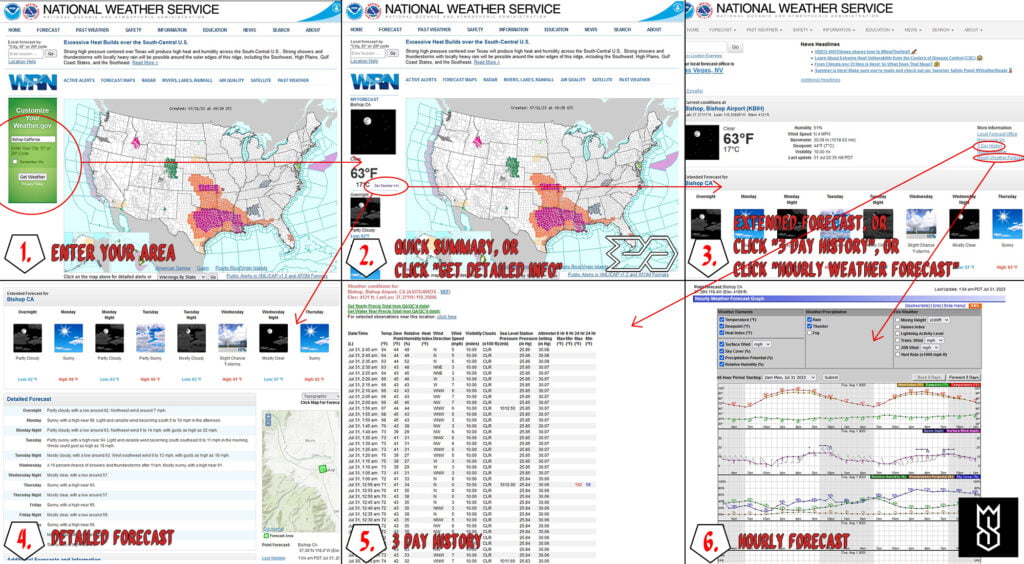
6. Be Prepared
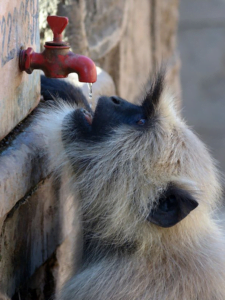
While a good tip for life, it’s also one of the best tips when climbing outdoors for the first time. And every time you climb outdoors for that matter. Mother Nature can be incredibly fickle, and things can change on a dime in the blink of an eye. Having enough gear and sustenance, as well as knowing what to do in any given situation can help you weather virtually any storm, leaving you a happy camper. Here is our best advice in order to be ready for anything:
- Packing “layers” is a game-changer as you can add or shed layers based on current weather conditions.
- Bring enough water for the entire trip. Tasty snacks and meals optional but highly recommended.
- Wear appropriate clothing for the weather and bring all necessary climbing gear.
- Don’t rely on cell phone service. You might not be able to Google yourself out of a pickle in secluded areas.
- Have a general idea of the area. Remember the way you came in and know the ways out.
- Keep an eye on the time. Nothing is worse than hiking out of a crag with no headlights or idea how to get out.
- Know your environment. It’s a good idea to know what wildlife, poisonous plants, etc. are present in the area.
- Have a game plan for emergencies. Don’t panic and rush things if one comes up, stay level headed and think it through calmly.
7. Humble Thyself
Many climbers new to the outdoors can find that it’s quite different than the gym setting they’re used to. All the holds are smaller, both hands and feet. Natural rock has a different type of grit to it that isn’t as ergonomic or comfortable as a fabricated hold. The movement isn’t quite as gymnastic as some of the setting on indoor climbs. There are just a lot of differences in outdoor climbing that makes it an entirely different experience than indoor climbing.
However, this isn’t meant to discourage you at all. Instead, our advice is to reduce your expectations of what it’s like to climb outdoors. In fact, look at the experience with a new set of eyes, one that’s open to something entirely unique. By doing so, you’ll have an overall better experience and can appreciate the outdoors for what it is. An opportunity to be as human as possible in the most natural setting possible. To feel fully alive and present in the moment doing what we love most: climbing for the sake of climbing.
So worry less about climbing your absolute hardest the first time, there will be a time and place for that. Through my experience, those moments come when you least expect them and want them even less. Leave the ego by the side, and look for intrinsic motivation in your climbing rather than extrinsic gains.
Which leads us to our final bit of advice…
8. Be The Best Climber There
For those climbing outdoors for the first time, our last and best tip is simple: be the best climber there. And all we mean by that is to be the person there having the most fun. Enjoy the climbs, the people, the sights and the sounds. Enjoy the journey. Revel in it.
“It is the side of the mountain that sustains life, not the top”. ~ Robert Pirsig

